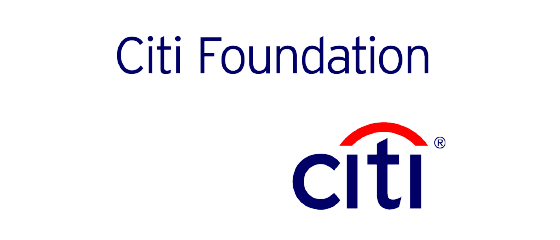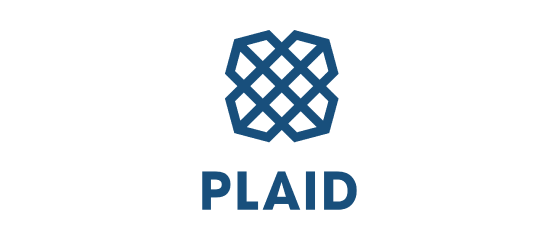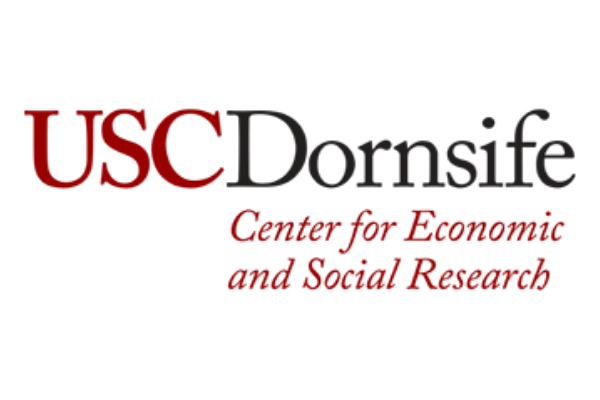Pulse Points: Savings Dwindled as Spending Increased in Q4 2021
Consumers spent more money on recreation and eating out during the 2021 holiday season than during the 2020 holiday season, but many remain vulnerable as government relief programs expire and inflation continues. This brief examines the factors that may shape financial health in the early months of 2022.
-
Program:
-
Category:

概述
People in the United States saw their account balances decline more rapidly during the 2021 holiday season than during the 2020 holiday season, partially due to increased spending on recreation and eating out. Several factors, including accumulated savings during the COVID-19 pandemic, the ongoing economic recovery, and rising costs of goods due to inflation, likely contributed to these trends. Individuals who experienced financial hardship in the past year saw their account balances decline most rapidly,showing that many people remain vulnerable even as theeconomic recovery has progressed。Higher inflation and the expiration of child tax credits alongside other government relief programs may drive further declines in the coming months and herald the end of the financial health boost that some people experienced during the pandemic.
This analysis is based on transactional and account records from study participants who agreed to share their data through the Financial Health Pulse™。
Balances Declined More Rapidly During the 2021 Holiday Season
In October 2021, median monthly balances in liquid accounts were higher than in October 2020 – likely the result of reduced spending during the pandemic and accumulated savings due to stimulus payments, child tax credits, and expanded benefits throughout the year. Higheremployment ratesand strongerwage growthmay have also contributed to higher account balances in 2021 than in the previous year.
However, account balances declined more rapidly during the fourth quarter of 2021 than during the same time period in 2020. In Q4 2021, median balances in liquid accounts declined by approximately $1,500 (33%), compared with declines of $750 (20%) in Q4 2020. While holiday spending likely contributed to declining balances in both years, the sharper decline in Q4 2021 may reflect people’s increased comfort or greater ability to spend as the disruptive economic impact of the pandemic subsided in 2021, despite theemergence of the omicron variant。These trends align with declines in thepersonal savings rateand increasedpersonal consumption expenditures。

资料来源:脉冲交易数据集(10月1日至2020年12月31日,以及10月1日至2021年12月31日)。Sample size: 218 individuals. Notes: Line graph shows a $1,500 decrease in savings balances in Q4 2021 and a $750 decrease in savings balances in Q4 2020. Liquid account balances are defined as the daily median of average liquid account balances over the past 30 days. The second round of economic impact payments was administered starting on December 29, 2020, but these payments would not have affected the trends in these graphs because they were disbursed at the very end of the analysis period.
Spending on Recreation and Eating Out Surged in Q4 2021
Spending on eating out and recreation was higher across the entire fourth quarter of 2021 than in the fourth quarter of 2020. In December 2021, average monthly spending on eating out was approximately $72 (33%) higher than spending in the same category in December 2020. Likewise, average monthly spending on recreation was roughly $15 (nearly 60%) higher in Q4 2021 than in Q4 2020. During this time period,inflation increasedat the fastest rate in decades, suggesting that the rising costs of goods may have been partially responsible for driving these trends. If high rates of inflation continue in the coming months, balances in liquid accounts may decline further as people draw upon their savings to make ends meet.

资料来源:脉冲交易数据集(10月1日至2020年12月31日,以及10月1日至2021年12月31日)。Sample size: 216 individuals. Notes: Line graph shows that spending on eating out was higher in Q4 2021 than Q4 2020. Spending is defined as the sample mean of total outflows on “eating out,” as categorized by Plaid, from liquid accounts in the past 30 days. Two outliers – a $15,168 transaction in 2020 and a $180,000 transaction in 2021 – were excluded from this analysis.

资料来源:脉冲交易数据集(10月1日至2020年12月31日,以及10月1日至2021年12月31日)。Sample size: 218 individuals. Notes: Line graph shows that spending on recreation was higher in Q4 2021 than Q4 2020. Spending is defined as the sample mean of total outflows on “recreation,” as categorized by Plaid, from liquid accounts in the past 30 days.
Financially Struggling Consumers Have Become More Vulnerable
报告在大流行中经历经济困难的人们似乎在2021年末比上一年更脆弱。在说他们在过去12个月中努力支付食物,住房或医疗保健费用(占样本的23%)的个人中,中位液体帐户余额在2020年保持相对恒定。但是,在2021年,该组的液体帐户余额下降了该季度在本季度的$ 986(40%),尽管变化在统计上并不重要。
While multiple economic factors may have contributed to these trends, the expiration of government benefits likely played an outsized role for this group. Pandemic relief policies – including expanded unemployment insurance, eviction moratoriums, and stimulus payments – largely ended in 2021, forcing many people to draw upon their savings to make ends meet. The ongoing expiration of pandemic relief policies, including the expiration of child tax credits, may further jeopardize the financial health of people who experienced financial hardship and lead toincreases in poverty, while ongoing inflation willdisproportionately affectpeople with lower incomes and further应变家庭资产负债表。

资料来源:脉冲交易数据集(10月1日至2020年12月31日,以及10月1日至2021年12月31日)。样本量:40个人表示遇到困难。通过在财务健康脉搏调查中的四个调查问题(2021年4月)中观察到了不同类型的困难:1)“在过去的12个月中,我担心我们的食物是否会在我赚钱之前用完。”2)“在过去的12个月中,我们很难支付租金或抵押贷款。”3)“在过去的12个月中,我或家中的某个人没有得到我们需要的医疗保健,因为我们负担不起。”4)“在过去的12个月中,我或家庭中的某人停止服药或由于费用而服用的时间少。”如果对这些问题的回答“经常”,“有时”或“很少”,则该人被认为经历了经济困难。注意:线图显示,没有经历艰辛的人比经历艰辛的人更有平衡。液体帐户余额定义为过去30天的平均液体帐户余额的每日中位数。
Many Consumers Remain Vulnerable as Pandemic Enters Third Year
人们花了下来他们的储蓄余额中dly during the 2021 holiday season than during the 2020 holiday season. Accumulated savings during the COVID-19 pandemic, the ongoing economic recovery, and rising costs of goods due to inflation likely contributed to these trends. Nevertheless, the pandemic continues to have anunequal financial impact关于美国人,遇到挣扎的消费者变得越来越脆弱的迹象。缺乏政府救济计划和不断发展的宏观经济条件有望在未来几个月内塑造个人理财趋势。我们将继续监视未来脉搏点的这些趋势。
About Our Methodology
This analysis is based on transactional and account data from 218 members of the University of Southern California’s消费面板who agreed to share their 2020 and 2021 data through a secure platform that leveragesPlaid’s API。获得正lows, outflows, and liquid account balances, totals were calculated over a past 30-day rolling period for each day. For liquid account balances, the median of the sample on each day was used. For spending on eating out, the sample mean on each day was used. Locally weighted scatterplot smoothing (lowess) with a 10% smoothing window was applied to generate trend lines. Liquid accounts include checking accounts, savings accounts, prepaid cards, money market accounts, and cash management accounts.
为了帮助解释交易数据,Pulse survey response datawere merged with these data. Any figures and statistics that are explicitly referenced in the text are statistically significant within a 95% confidence interval. Trends that are described more generally should be considered directional and descriptive in nature. Please see the complete Financial Health Pulse事务性方法概述for more information on data collection and analysis.
我们的支持者
The Financial Health Pulse is supported by the Citi Foundation, with additional funding from Principal Foundation. Since the inception of the initiative in 2018, the Financial Health Network has collaborated with USC’s Dornsife Center for Economic and Social Research (CESR) to field the study to its online panel, the Understanding America Study. Study participants who agree to share their transactional and account data use Plaid’s data connectivity services to authorize their data for analysis.
The findings, interpretations, and conclusions expressed in this piece are those of the Financial Health Network and do not necessarily represent those of our funders or partners.







